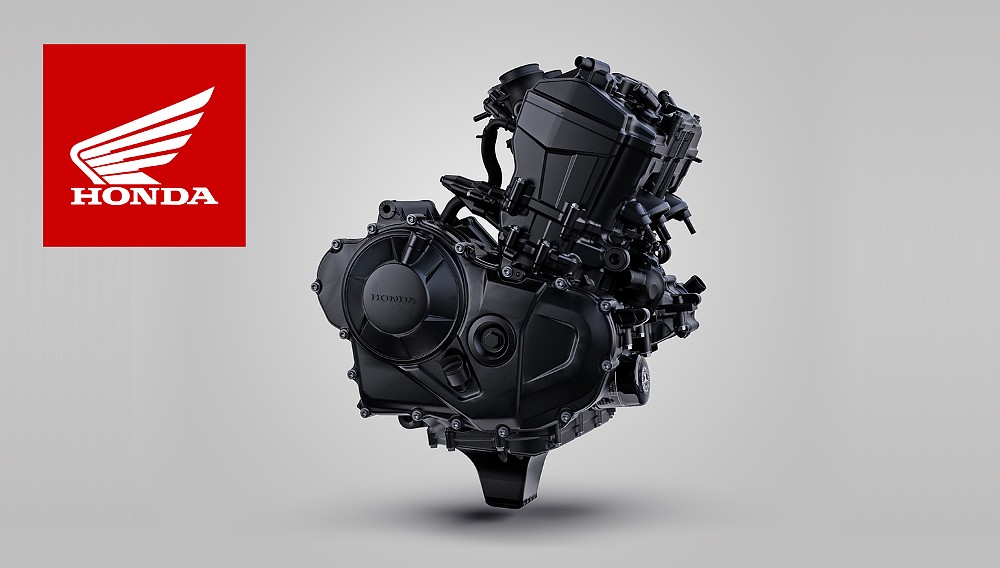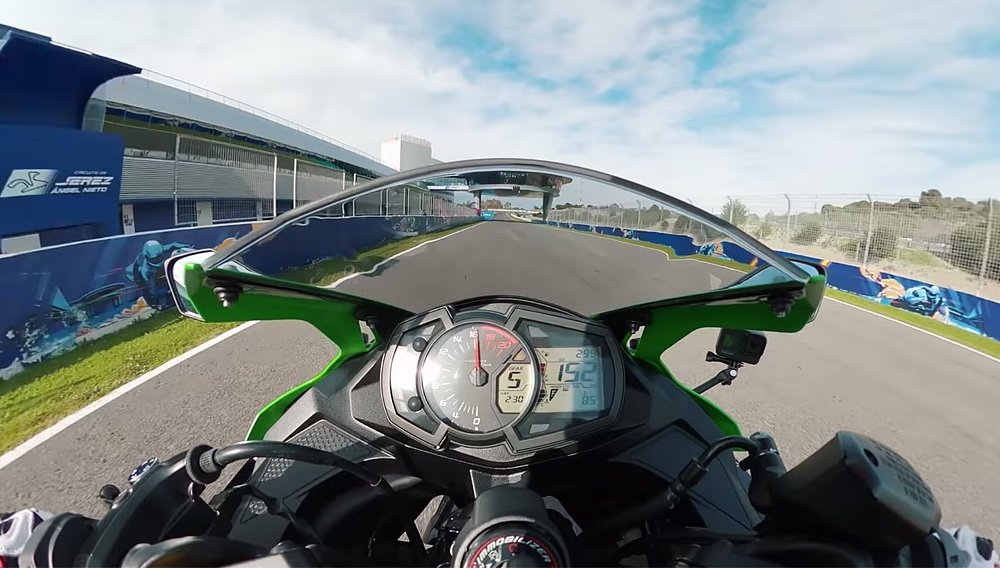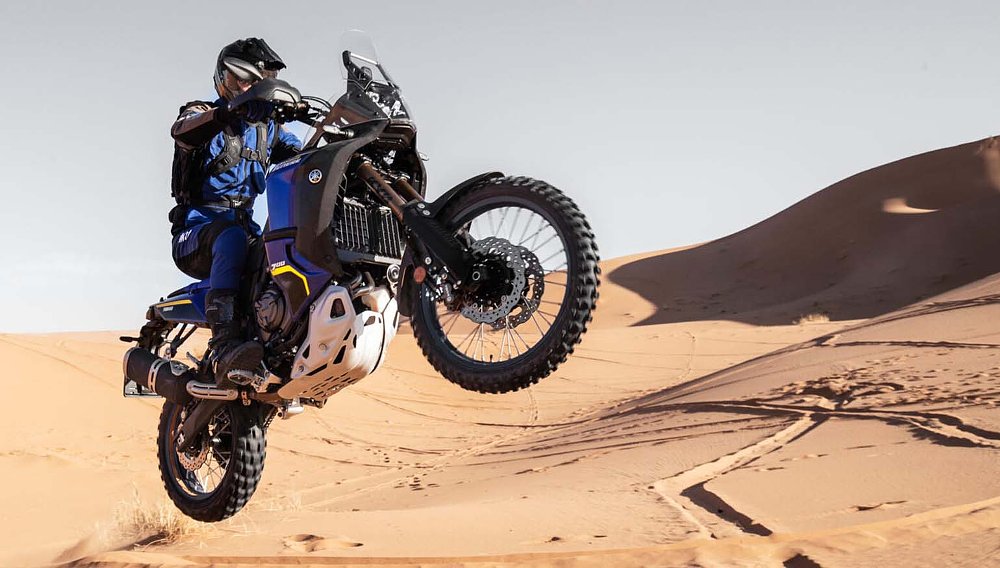There are three rules to follow in life. One, never play poker with a man called Doc. Two, never eat at a place called Eats. And three, don't go to the international website of a motorcycle manufacturer and check out the models they sell only overseas. That'll drive you crazier than either of the other two.
Unobtanium bikes range from scooters to middleweights to big-bores, and they all have one thing in common: You can't get them here in the United States, at least not today. The good news is some of them might come to our shores, and others definitely will, either in the near future or eventually. There are more of these unicorns than I can list here, but I've assembled a fantasy garage full of models U.S. riders can't buy but might want to.
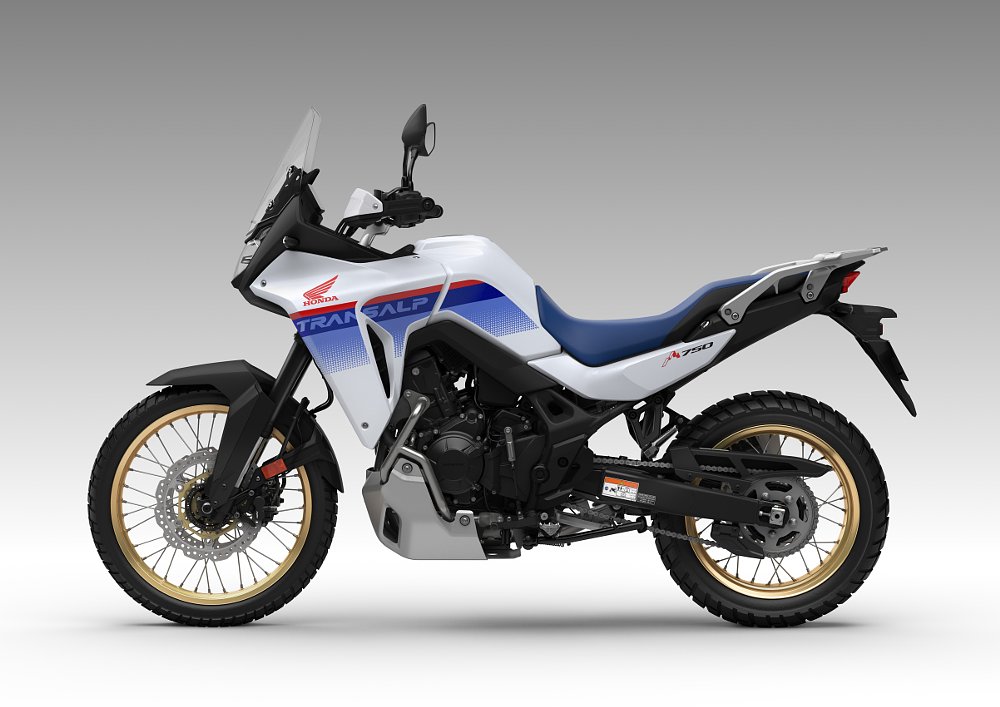
Honda XL750 Transalp
The XL750 Transalp is aimed directly at those riders who just can't see the sense of buying a large, heavy, adventure bike, loading it with another hundred pounds of accessories and gear, and heading off to the wild, where they'll inevitably have to pick the whole thing up off its side in the mud or sand. While the original Transalps that came out in the late 1980s were powered by mid-displacement V-twins, the newest TA boasts a 755 cc parallel twin with a 270-degree crankshaft and a claimed output of 90 horsepower. A counterbalancer and a slipper clutch are standard, along with four ride modes and throttle by wire.
The frame is based on that of the street-going Honda Hornet but with geometry better suited to off-road riding. An inverted 43 mm fork and a single remote-reservoir rear shock offer enough travel for anything short of wide-eyed-aggressive off-road riding. The brakes — two discs up front and a single one in the rear — come standard with two settings of ABS; the rear brake's ABS can be turned off.
The XL750's seat height is 33.5 inches and Honda claims the bike weighs 459 pounds wet. Some see the XL750 as a stepping stone to the Africa Twin while others say it's an end in itself. The rumor mill predicts the XL750 Transalp will shortly appear in Honda's U.S. lineup, possibly as soon as 2024, which will let buyers decide for themselves.
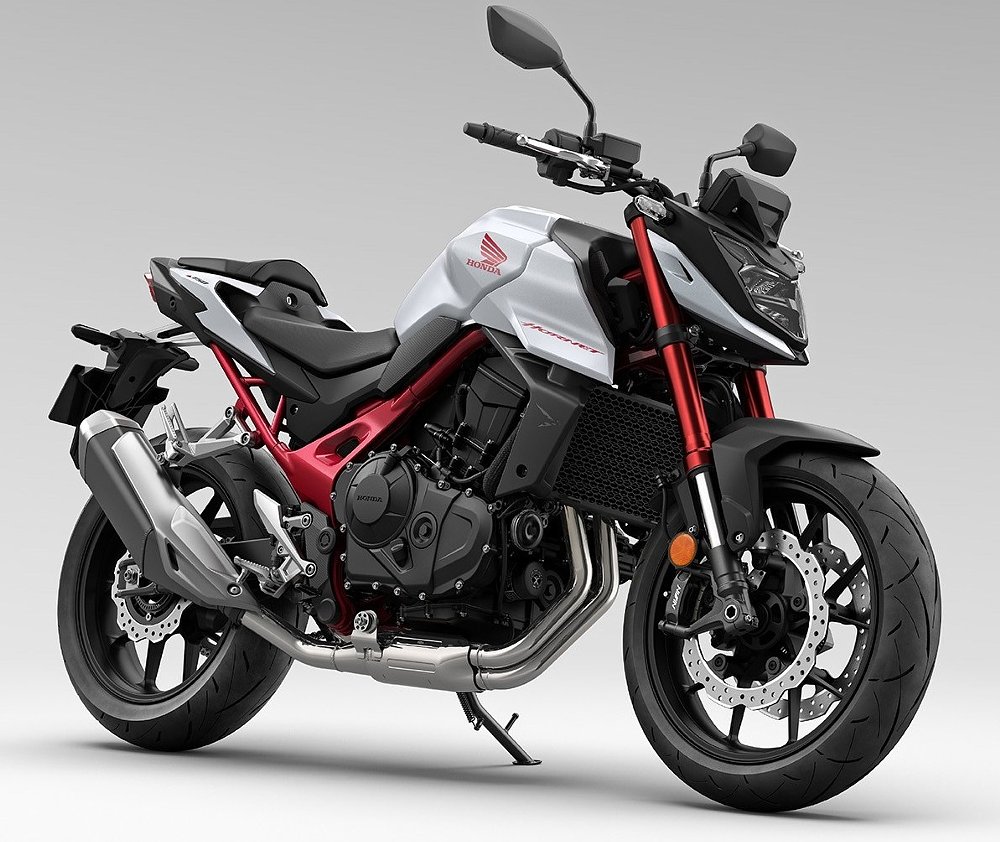
Honda CB750 Hornet
The CB750 name designation carries a lot of history, but the latest version departs from that model's signature four-cylinder layout. The Hornet’s 91-horsepower sting is made possible by a 270-degree parallel twin with an assist and slipper clutch, throttle by wire with three default rider modes, and a customizable three-setting user mode to fine tune Honda Selectable Torque Control (HSTC) and Wheelie Control; engine power and engine braking are also selectable. The five-inch color TFT display includes Honda Smartphone Voice Control (HSVC) for added connectivity.
The 418-pound (claimed) Hornet's steel diamond frame features a 31-inch seat height and an upright seating position. Up front is a Showa 41 mm SFF-BP inverted fork, and in the rear a Pro-Link shock. Two four-piston radial-mount front calipers match the Hornet's whoa with its go. The CB750's streetfighter styling comes courtesy of the young designers at Honda's Rome R&D center, but Honda hopes the Hornet's combination of broad power and agile handling will be a hit with riders of all generations.
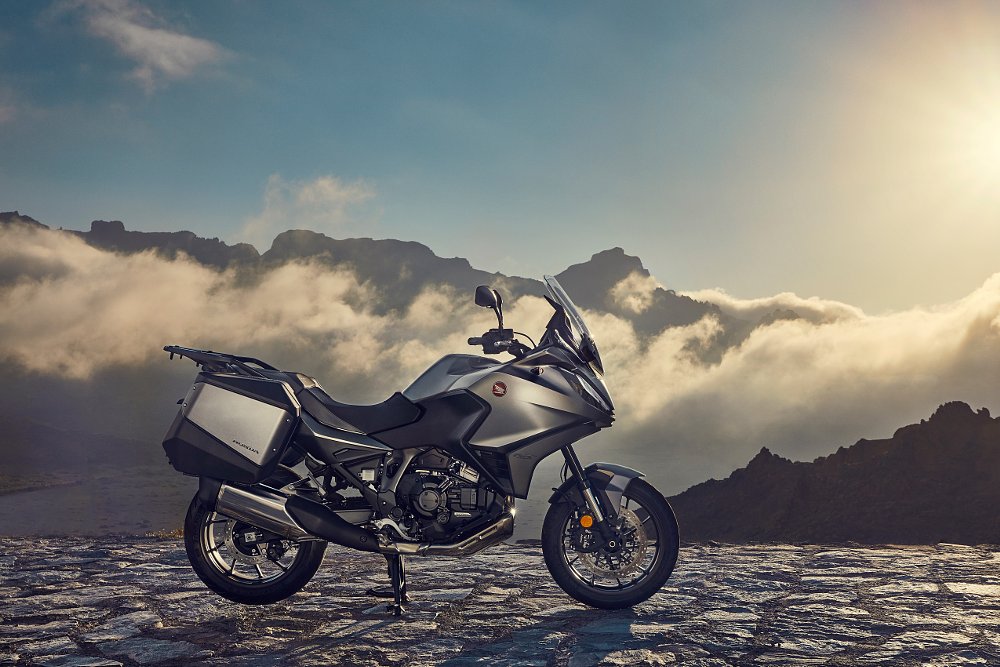
Honda NT1100
Take the adventure-touring Africa Twin, lower it, add a larger fairing, hard luggage, 17-inch wheels, and a boatload of touring goodies, and you've got the NT1100. Its 1,084 cc parallel twin cranks out 101 horsepower and comes with a six-speed transmission or optional DCT. Included are five ride modes. Three default riding modes (Urban, Rain, and Tour) and two user options let you customize both engine power and the three-level HSTC (Honda Selectable Torque Control). Cruise control is standard. The 6.5-inch TFT touchscreen has Apple CarPlay, Android Auto, and Bluetooth for intercoms, and access to smartphone functions via the display and a helmet headset.
At a claimed weight of 524 pounds wet, the NT is no lightweight, but there's room for two aboard the 32.3-inch-high seat. The 5.3-gallon tank should provide good range and the touring amenities include an adjustable windscreen, ABS, daytime running lights that automatically adjust to ambient light intensity, and the ESS (Emergency Stop Signal) feature that indicates a hard-stop situation to following drivers.
Honda Hawk 11
The Hawk 11 isn't expected to be available outside of Japan any time soon — maybe not even there, as it has some of the hallmarks of a concept bike assembled out of off-the-shelf components to attract attention at motorcycle shows. Its innermost secrets are shrouded in mystery, but what little is known points to a parallel-twin engine lifted from the Africa Twin — a motor good for at least 100 horsepower — and transplanted into a café-cool chassis. That engine is currently available in both six-speed and DCT configurations, but whether clutchless shifting is in the Hawk's future — or in the potential customer base's interest — is anybody's guess.
The Hawk's frame is a close relative of those of the both the Africa Twin and the NT1100. The subframe is lighter than the NT's, which is designed for two-up riding, but both the swingarm and 17-inch wheels appear to be direct transplants from the NT. The Hawk's fork and brake calipers are different from those on the NT, signaling Honda's belief that the Hawk will be ridden more aggressively than the touring-biased NT.
Further speculation about the Hawk's specs center around some features already found on the Africa Twin and the NT1100, such as a selection of ride modes that alter engine output, throttle response, and engine braking. Photos of the Hawk show a simpler — and likely less expensive — liquid-crystal display in place of the other bikes' splashy TFT displays. That, along with some other specs, might change if the Hawk generates enough interest to justify putting it into production.
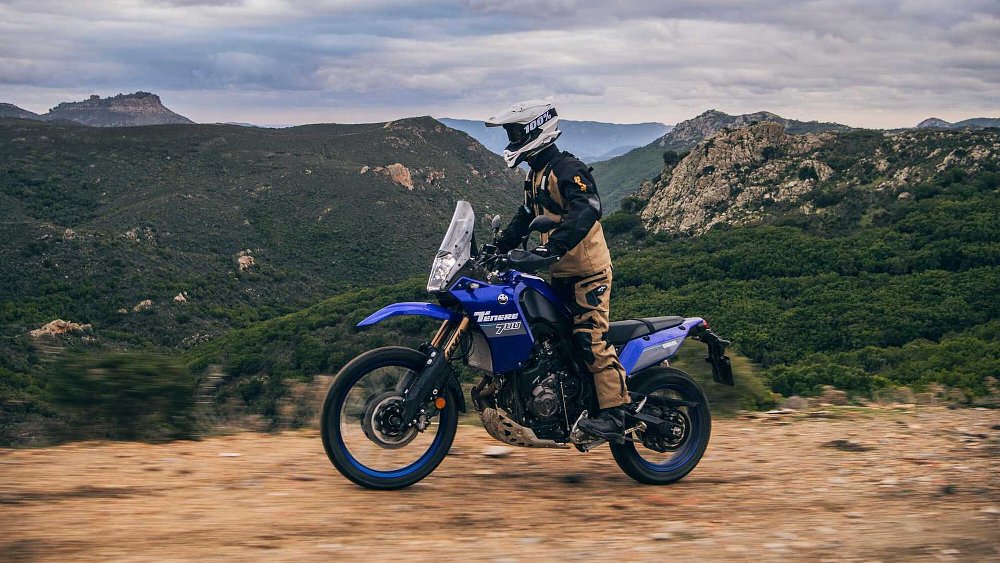
Yamaha Ténéré 700 variants
Yamaha's Ténéré 700 has been a smash in the United States, but overseas markets have access to an array of models that are to the base model what a birthday cake is to a Twinkie. There are too many features and options among the five models (Rally, World Rally, World Raid, Explore, and Extreme) to go into in detail, but each bike's intended purpose gives some clues.
The Extreme is for serious off-roading, with fully adjustable suspension front and rear, just over 10 inches of ground clearance, a tall, flat, one-piece seat, titanium footpegs, a high enduro-style front fender, and an aluminum radiator guard and chain guide.
The Explore is more biased toward touring with only an occasional off-road foray, which is how most ADV bikes are used, anyway. Front and rear springs are slightly different for better handling when the bike is loaded. A higher and wider windscreen gives better wind protection. Both a quick-shift system and pannier racks are standard, although the panniers themselves are an extra-cost option.
The Rally comes with an aluminum skid plate with a toolbox mounting point, an aluminum radiator guard, a one-piece rally seat that's 35 inches off the ground, and an Akrapovič slip-on muffler with carbon heat shields. Front and rear suspension are adjustable, and switchable ABS with on-the-fly adjustment is standard.
The World Raid and World Rally are ready to tackle the outback with pair of low-slung, side-mounted, two-gallon fuel tanks that give the bikes a claimed range of up to 310 miles. Suspension travel and ground clearance are increased, and an Öhlins adjustable steering damper is standard. Off-road upgrades include larger footpegs, front panels that offer some crash protection, and a two-piece flat seat that makes shifting body position easier. A color TFT display, improved wind protection, Bluetooth connectivity, and an upgraded three-mode ABS make life easier on pavement.
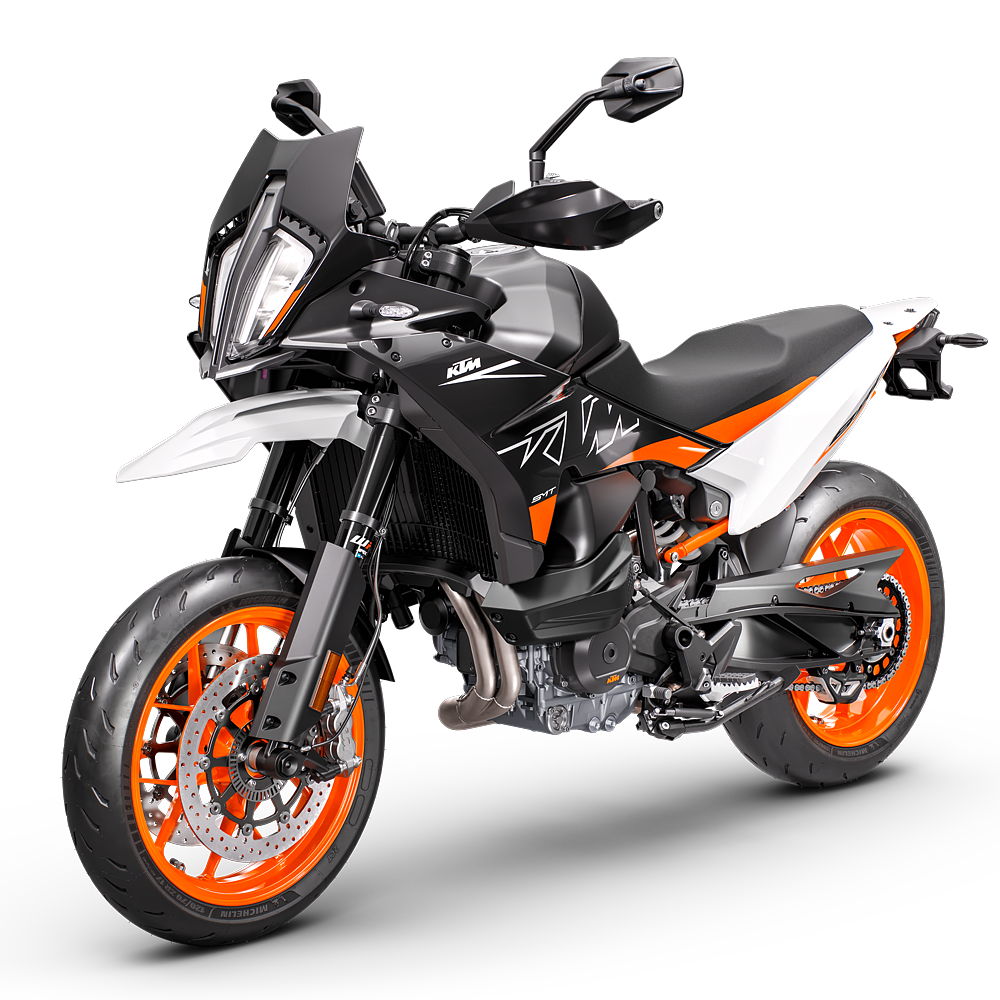
KTM 890 SMT
Start with a supermoto, inject it with a dose of sport-touring DNA, and you get the 890 SMT, the more street-friendly successor to the 990 SMT. The 889 cc parallel twin puts out a claimed 105 horsepower at 8,000 rpm and 73.8 foot-pounds of torque at 6,500 rpm. It's housed in a chrome-moly frame with a 43 mm WP Apex fork with adjustable rebound and compression damping, paired with a WP Apex monoshock with adjustable preload and rebound damping; both offer 7.1 inches of travel.
At a claimed 454 pounds, the 890 SMT is almost 20 pounds lighter than the 890 Adventure. The wheels are 17-inchers with tubeless tires and radial-mount KTM-branded calipers and Bosch cornering ABS. There's also a special Supermoto ABS mode that lets you lock and slide the rear wheel while leaving the front wheel's ABS active. Those features, the wide handlebar, and upright seating position all appear to encourage aggressive riding.
Kawasaki Ninja ZX-25R
Here's a bike that should probably include tweezers and a magnifying glass in its toolkit, especially when it's time to adjust the valves. The ZX-25R is a four-cylinder 250 — yeah, you read that right — that puts out a claimed 50 horsepower at a screaming 15,500 rpm and weighs a claimed 400 pounds. It's said there isn't much power below 10,000 rpm, but there’s an up/down quickshifter to help you get to where the tiny ponies live in a hurry.
The displacement might be small but the features list is formidable, including a 37 mm inverted SFF-BP front fork and a horizontal gas-charged rear shock with adjustable preload. Dual 310 mm front rotors with semi-floating monobloc four-piston calipers are paired with a 220 mm rotor and single-piston caliper in the back.
The centrally positioned Ram Air system, a trademark of the ZX family of sport bikes, contributes to engine performance, and an LED headlight is standard. You might not think a 250 needs traction control, but Kawasaki does, so the ZX-25R comes with KTRC. Ditto the assist and slipper clutch, developed based on racing feedback.
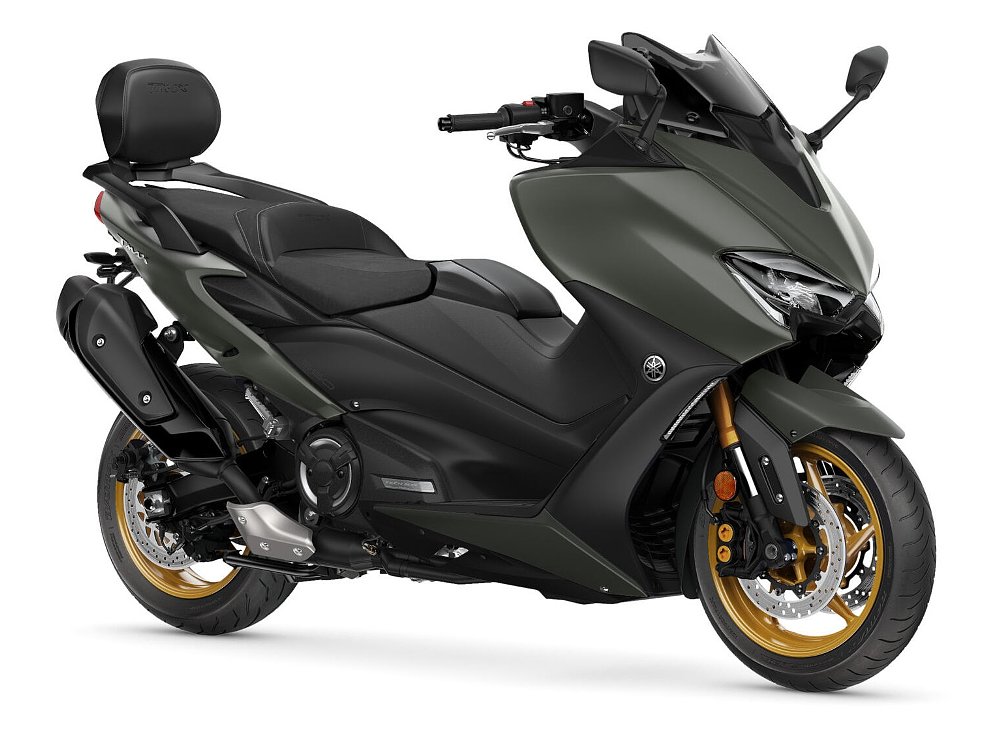
Yamaha TMAX Tech Max
Yamaha calls it a sport scooter, and the TMAX Tech Max has the chops to back that up. It's powered by a 560 cc parallel twin with a 360-degree crank and a counterbalancer. Its features list reads more like that of a full-size motorcycle, with a projector headlight with integrated flashers, a TFT display with connectivity and full-map navigation, an electrically adjustable windscreen, cruise control, heated grips and seat, and Smart Key keyless operation. There's even an anti-theft locking centerstand.
A longer seat and extended floorboards contribute to a slightly forward-leaning seating position for more comfortable riding, and a slimmer waist makes it easier to get both feet down flat at stops. The frame is made of die-cast aluminum with the engine bolted directly to it for rigidity and improved handling.
The seven-inch TFT screen has three display styles. Traction control, two riding modes that Yamaha calls D-mode that can be set for smooth or sporty performance, and throttle by wire are all standard, as is underseat storage than can swallow a full-face helmet.
The TMAX is one of several scooter models that don't make it to the U.S. market, but as you can see, the list goes well beyond scooters. A few of these models will eventually be introduced in the U.S. market. Others never will. Sometimes, the grass looks greener overseas.

 Membership
Membership









